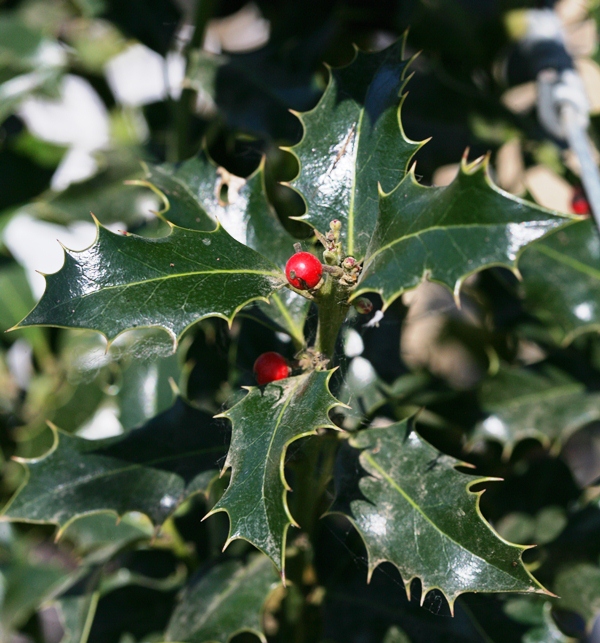When do evergreen trees lose their old leaves?
The term ‘evergreen’ can be a bit misleading as all leaves eventually wear out and give way for others. The sole purpose of a leaf is to capture sunlight which can then be converted into food through a process known as photosynthesis, and when that leaf gets shaded out by a new flush of growth, it is discarded.

A good example of this is seen in pine trees, which grow once per year in May/June with extension growth in whorls about 60 centimetres in length. You can read a pine like a book and trace back these whorls to count how many years old it is!
The new shoots grow from the tips of the old, so the older needles get shaded out by the new flush of growth and turn yellow/brown before dropping through the middle of the tree to the ground below. This can leave the tree looking quite stark in late summer, with this so-called ‘evergreen’ tree going brown from the inside out until only the last two years of growth remain green. This is nothing to worry about — it’s just the tree’s way of staying efficient.
Broadleaved evergreen trees like Magnolia or Laurel go through a similar process — usually in spring — and can look a bit scruffy during the new flush of growth.
Deciduous trees
A deciduous tree can act in the same way over a shorter time. For example, a Silver Birch tree can put on extension growth of over a metre in one growing season, and every centimetre or so is furnished with a new leaf. So the leaf created in May is well and truly crowded out by the leaf on the same shoot that is created in August. This older leaf is routinely jettisoned after fading to yellow, whilst the outer edge of the tree is still green and flourishing. The tree is not stressed; it is just discarding inefficient leaves.
Sometimes leaves are retained on deciduous plants even when they are dead. You see this mostly on Beech or Hornbeam, with the tree holding onto brown leaves in the winter for the first two metres or so of its height. This is to protect the new season’s juicy buds from grazing animals through the winter, as the rough, dead leaves are unpleasant to eat. From two metres up, a Beech will not hold onto its leaves because the threat from deer has gone; they can’t reach that high!
Holly trees
The evergreen native tree, Holly, has evolved with a similar trick to defend itself against herbivorous grazers. We all know that holly leaves are spiky, but if you look further up the tree, from about eight feet above ground level, the leaves become smooth. It doesn’t need to grow spikes at this height, as nothing can reach it. No giraffes in the UK!
